VDE|DKE now offers free advice on standardization requirements which are essential for the safety of medical devices
The aim is to support non-sectoral companies in the rapid and reliable production of safe medical devices during the Covid 19 pandemic
Sidebar
Knowledge base

The Chain of Confidence
The importance of communications in uncertain times
By Michael F. Reidy
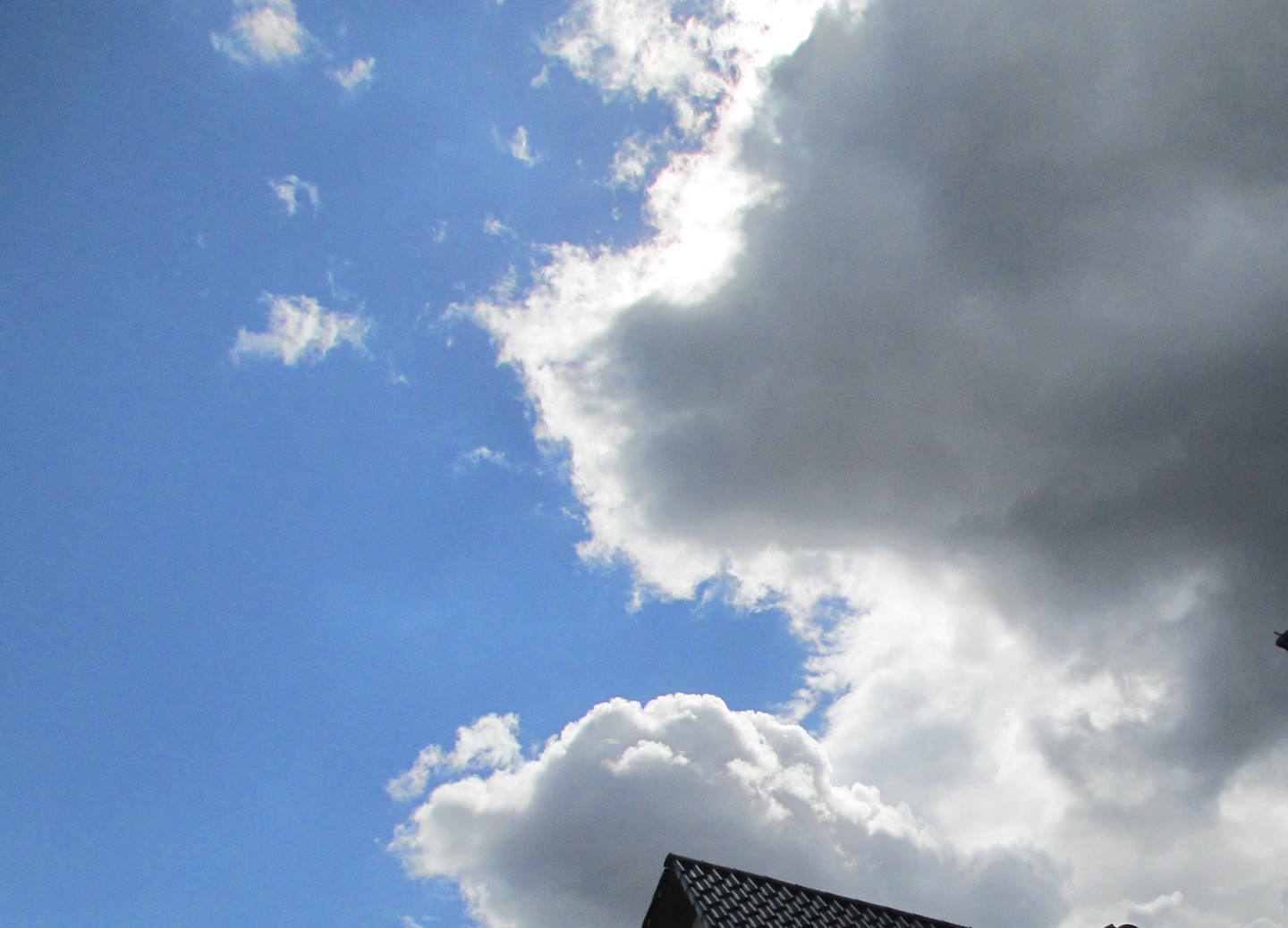
Waiting for Normality
There is a theatre play “Waiting for Godot” and that is how the current situation feels – only with the difference that we wait for the old normal. While we wait for shops, restaurants, bars, factories, gyms, swimming pools and so many others to reopen we dream of the things that we wish to do again: go on holiday, have our favourite food at table in our restaurant, go to the pools, have that missed birthday party with lots of our friends present, go to work, have these little chitchats with our colleagues, having fun at the beach, the playing fields and events to name just a few. By Sabine Slaughter
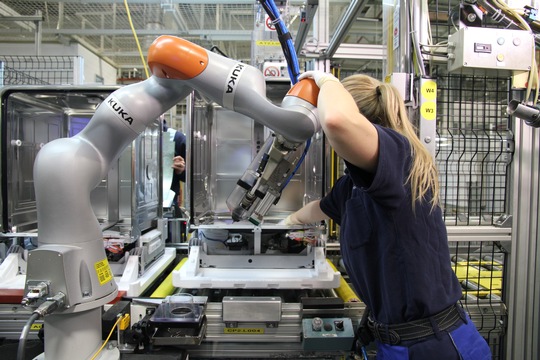
Post-COVID-19 Economy: “Robots Create Jobs”
MIT´s news office conclusions on economist Daron Acemoglu’s research wrong
U.S. Bureau of Labor Statistics reported positive impact on employment in past 10 years
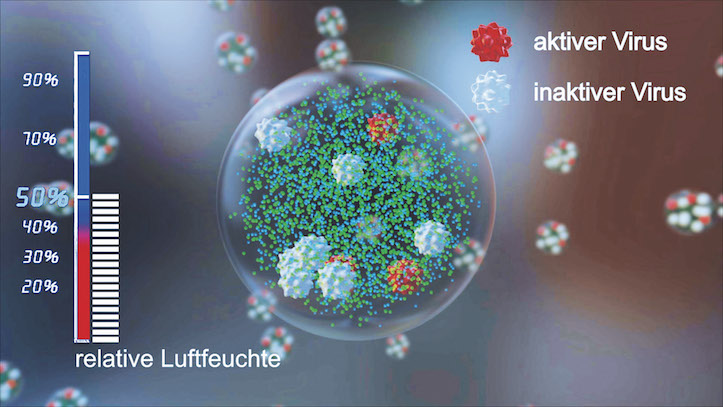
Scientists demand minimum humidity at the workplace
As a result of the Covid 19 crisis, a global petition calls on the World Health Organization (WHO) to define clear guidelines for minimum air humidity in commercial and public buildings. The petition is based on numerous studies that show that a mean humidity level of 40 to 60% can prevent infections of the respiratory tract.
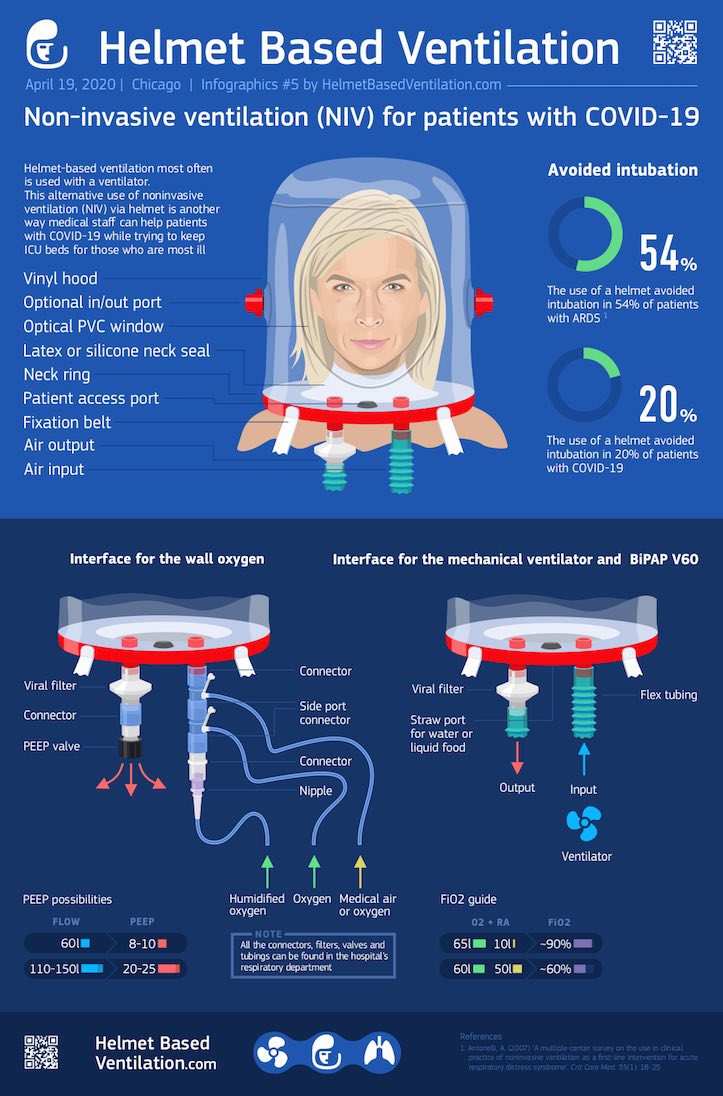
Intuitive Design of Helmet-Based Ventilators Could Mitigate Effects of Global Healthcare Staff Shortage
The world is in need of more helping hands in order to contain the COVID-19 crisis. Due to their intuitive design, helmet-based ventilators could alleviate the shortage. Its simplistic setup enables a wider range of medical personnel to operate the technology, reallocating some of the pressure placed on certain members of the trained staff.
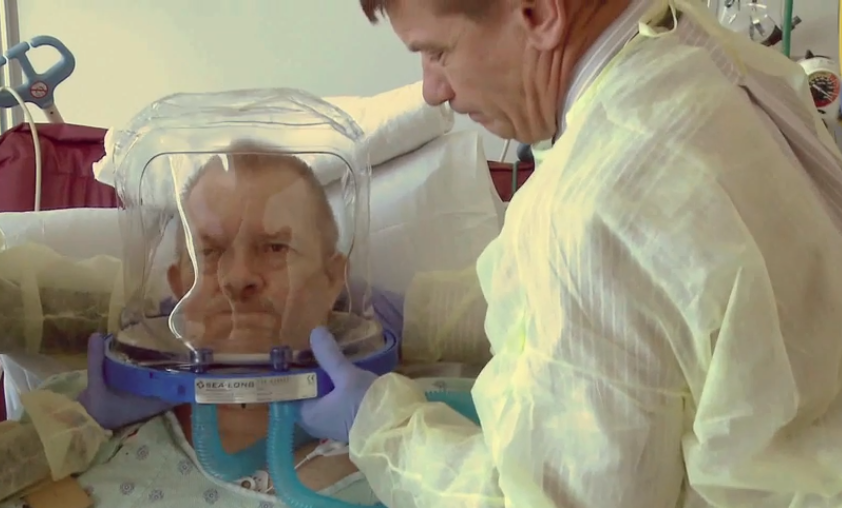
Precise Information About Helmet-Based Ventilation Helps Patients, Medical Staff and Decision Makers Amidst COVID-19 Crisis
Helmet-based ventilation proved itself efficient in Italy, where the new coronavirus COVID-19 has hit the hardest so far. As various regions of the world gear towards the biggest pandemic spread, hospitals, investors and manufacturers need precise information related to this revolutionary method of non-invasive ventilation.

Force Majeure & The Caronavirus [COVID-19]: Definitions Matter
By S. George Alfonso, Of Counsel, Braumiller Law group
The month of March has brought a deluge of cancellations of international conferences, travel and severely affected markets around the world, all due to the spread of “COVID-19” – the newest strain of the “Coronavirus” which was first discovered last December in Wuhan, China.

New Arburg Training Center – More space, more digitalisation, more focus on customers
• Opening ceremony welcomes around 170 guests
• An architectural gem in Lossburg, featuring 2,200 square metres of training space
• Arburg is setting global standards in customer training courses
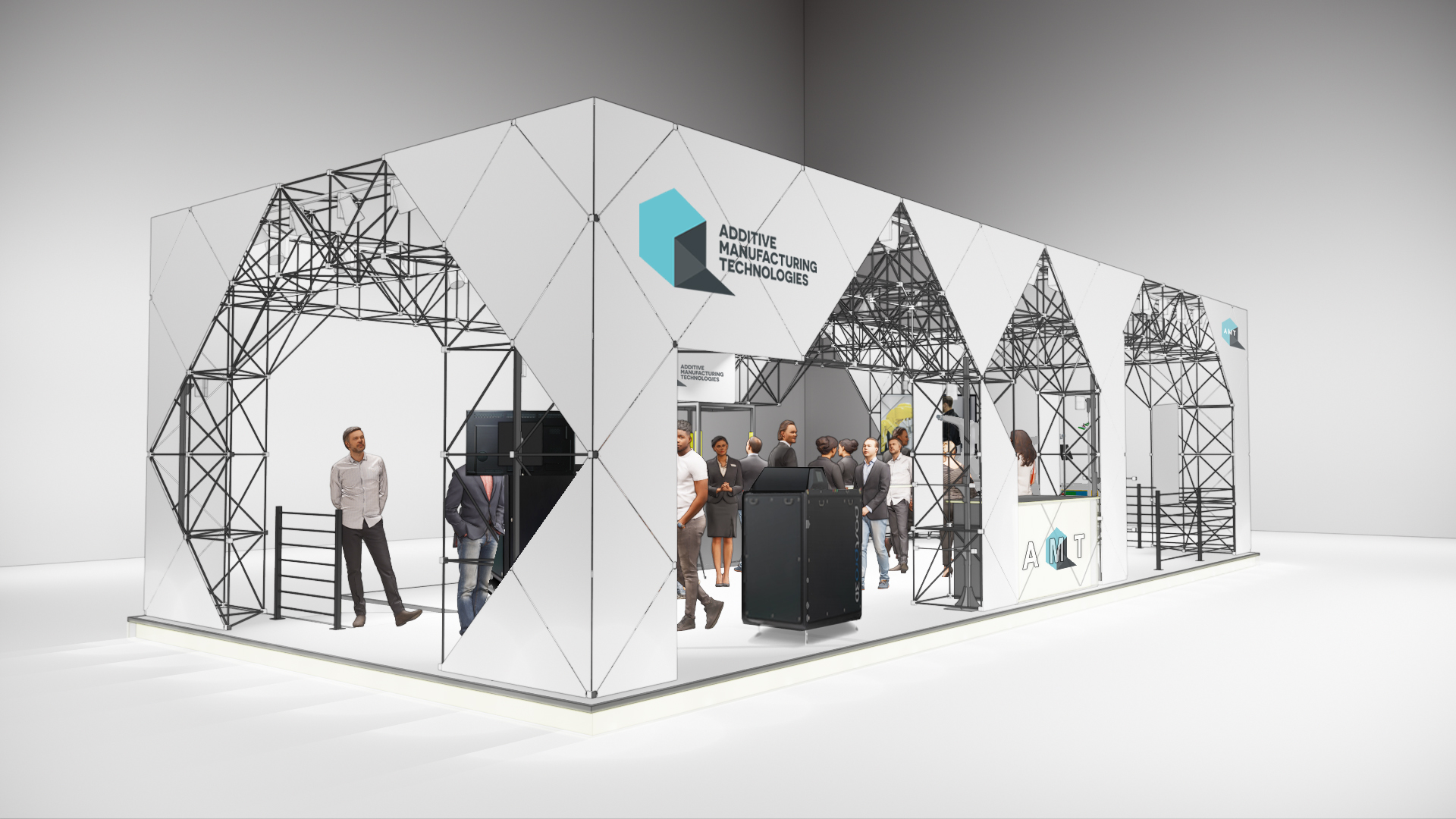
Automated AM Post Processing and Industry 4.0
By Joseph Crabtree, CEO, Additive Manufacturing Technologies Ltd
These are exciting times in the additive manufacturing (AM) sector. There is real momentum behind the drive towards the use of AM as an alternative to conventional manufacturing processes. However, with this drive comes a necessary focus on and scrutiny of the entire manufacturing process chain surrounding AM.
SLM TECHNOLOGY IMPLEMENTATION FOR MANUFACTURING OF SAMPLES FROM INCONEL 718 HEAT-RESISTANT ALLOY, APPLIED IN AEROSPACE ENGINEERING
New manufacturing method, called Additive Technologies, is the method with possibility of 3D-models layer-by-layer manufacturing. One of the most widely used methods of additive manufacturing of metal products is Selective laser melting. For melting metal in powder form, an ytterbium fiber laser is used with power from 200 to 1000 W, the radiation of which is focused to the required location with help of high-speed drive mirrors.

 Deutsch (Germany)
Deutsch (Germany)  Polski (PL)
Polski (PL) 









